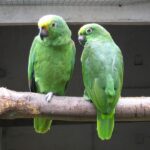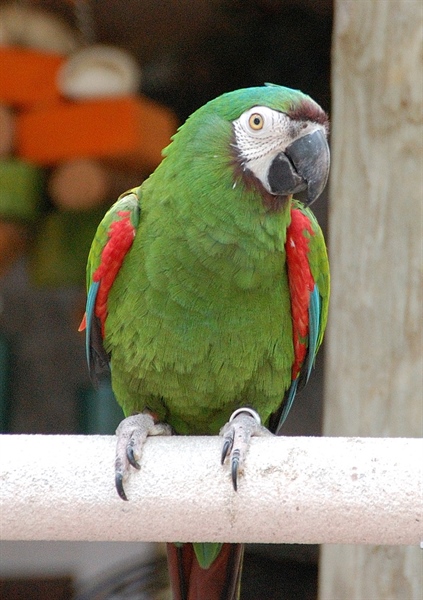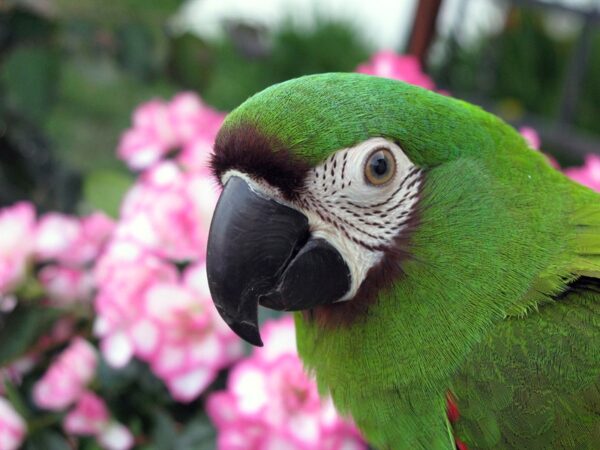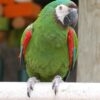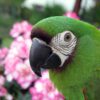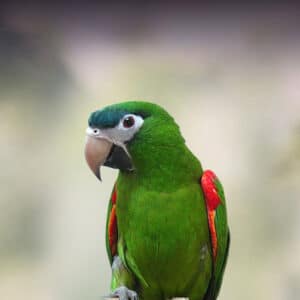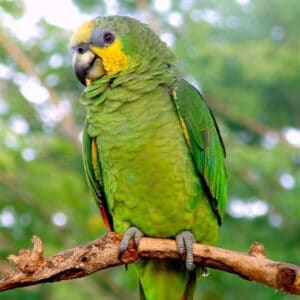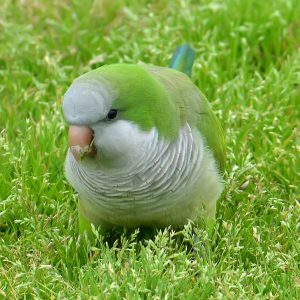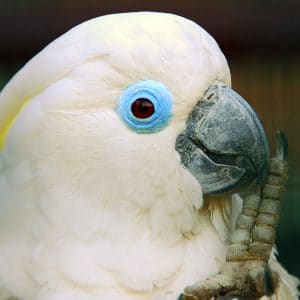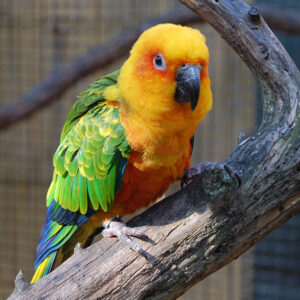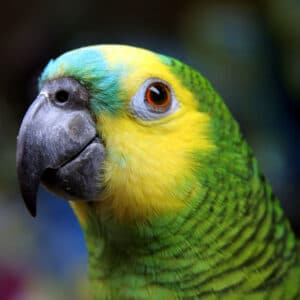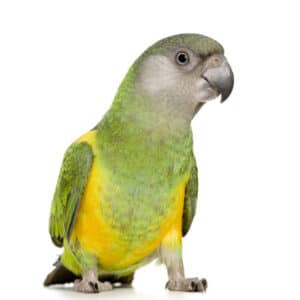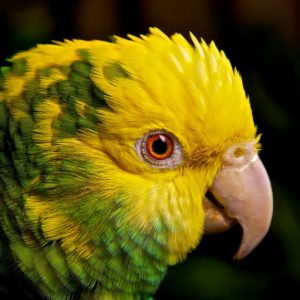Description
Severe macaws often congregate at clay licks with a variety of other birds. These clay hills usually caused by erosion along riverbanks are popular spots for many parrots. It’s thought that the clay supplements their diet, protecting against toxins in their food and providing essential minerals.
Parrots have been vaccinated free of charge for the following diseases:
– Colds, intestinal diseases – Monthly (VND 200,000/time)
– Profit book – Every 3 months (100,000 VND/time)
– Coccidiosis (Digestive of blood) – Every 3 months (VND 100,000/time)
– NewCastle (Cholera) – Every 4 months, birds stay at Pet Me 3 days (500,000 VND)
– Lung fungus – Monthly (VND 100,000/time)
– Asthma / Typhoid / Blood clots – Monthly (VND 100,000/time)
*** With the advice of Dr. Nguyen Nhu Pho – Lecturer at Nong Lam University, Ho Chi Minh City.
Pet Me Shop specialize in buying and selling Chestnut Macaw nationwide. We ensure that our parrots are beautiful and quarantined.
For further information, please contact:
Hotline: 091 709 6677 – 091 707 6677 (Mr. Tài)
Address showroom: Pet Me Coffee – No. 21, Street 6, Linh Chieu Ward, Thu Duc City.
Origin and History
The severe macaw is native to southern Central America and northern South America. It’s particularly well-known in Panama and Bolivia. There are also populations in Brazil, where the bird is commonly known as the Brazilian green macaw. This species has been introduced to Florida as well. It gets the name “severe” for its aggressive stage of development at adolescence.
In the wild, the severe macaw enjoys forests and habitats of all kinds as long as trees are available. They generally prefer areas that are subject to river flooding. It can be challenging to see them because they enjoy roosting in cavities high up in the trees.
Farm fields offer plenty of food for these birds. It’s not uncommon to find large, very loud flocks foraging the fields early in the morning. These birds can be a nuisance for farmers.
Severe macaws often congregate at clay licks with a variety of other birds. These clay hills usually caused by erosion along riverbanks are popular spots for many parrots. It’s thought that the clay supplements their diet, protecting against toxins in their food and providing essential minerals.
Temperament
Not bred in captivity as long as other parrots, severe macaws have not been fully domesticated. They continue to exhibit many of their instincts like lunging and screeching. However, when socialized as a young bird, they can become ideal pets.
Friendly and comical, the severe macaw’s larger-than-life personality makes it a favorite among bird lovers. With adequate socialization, severe macaws bond quickly with their owners, responding well to training, learning tricks, and boasting impressive speech abilities.
Severe macaws are also curious. They love puzzles and games and can become enamored by shiny things. Keep your jewelry out of reach; it may get unintentionally damaged.
One unique characteristic that seems out of place with this friendly species is that they generally don’t like a lot of touching. Quite often, they’re more content to be near their owner or on their shoulder, but in most cases, this parrot does not like cuddling or petting.
Like many parrots, severe macaws go through a bluffing stage as they reach maturity. This stage can last for two weeks or up to two years. If you plan on getting a young macaw, you will need to be patient and enforce its training during potential periods of lunging, nipping, biting, hissing, and general resistance to interaction. For this reason, pre-adolescent macaws may not be suitable for families with young children.
Speech and Vocalizations
Severe macaws are one of the best talking parrots. Many of these birds can speak with surprising clarity, and their high-pitched voice is quite fun to listen to. They can also develop an extensive vocabulary.
Their vocalizations can be fun and fabulous to display for guests, but this bird can become too much for some owners and their neighbors. It is a very loud bird for its size, and is known to call out in the morning, midday, and sunset. It is best to ignore unwanted screams rather than scold the bird. They’re smart birds, and they will eventually learn right from wrong.
How to Teach Your Pet Bird to Talk
Severe Macaw Colors and Markings
Severe macaws are mostly a shimmery green with dark, chestnut-colored patches on their foreheads and under their beaks. The crown of their head has a patch of iridescent blue feathers, and they bear distinctive red patches on the edges of their wings. The tail feathers are blue with red undersides, which shimmer when they’re in flight.
This species exhibits the classic bare macaw facial patch. This bird also has fine, dark feather lines circling the eyes, which is unique among macaws.
The bird’s beak and feet are gray, and the iris of their eyes is a beautiful yellow-gold. It’s a monomorphic bird, meaning that the males and females are identical. To determine the sex, your bird would require genetic testing or a surgical sexing procedure.
Caring for a Severe Macaw
While severe macaws are known to be very social, all parrots require a certain amount of training to ensure that the bird remains tame. Make sure that you at least two hours to spend with your pet each day.
Without socialization and adequate mental stimulation, severe macaws can grow bored and depressed, which can lead to destructive behavior and stress-related illness.2
Severe macaws can be fun pets, but they require time and specialized care that not everyone can provide. They thrive on family time because it replicates the feeling of a flock, and, unlike some other parrots, they don’t tend to become strictly one-person birds.
Another consideration before you commit to this bird is the cost of ownership. In addition to the initial layout for the bird, think about the avian veterinarian bills, high-quality feed, and the accessory costs for a cage, play stand, and toys.

